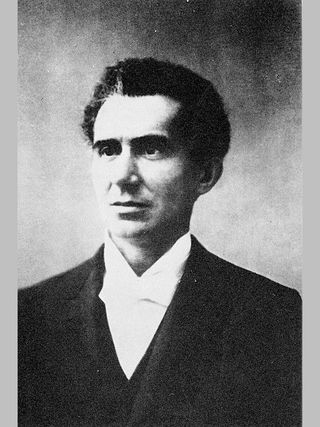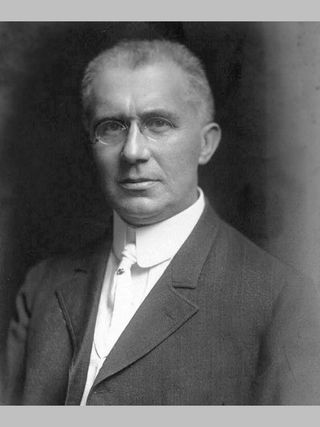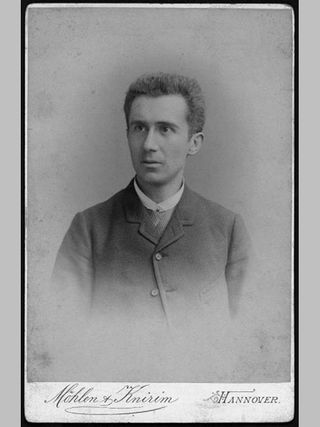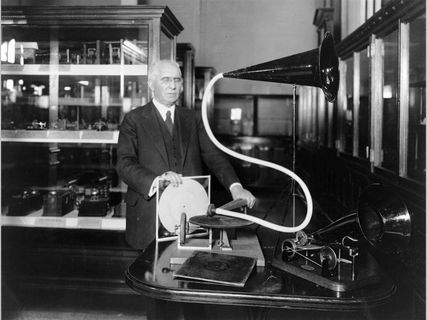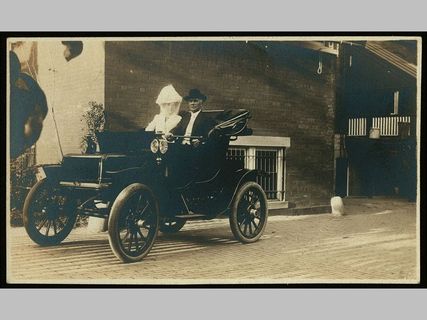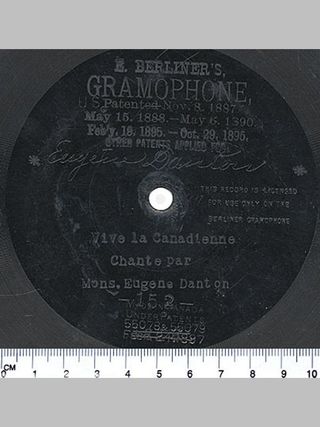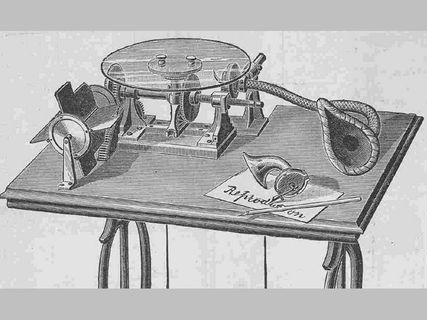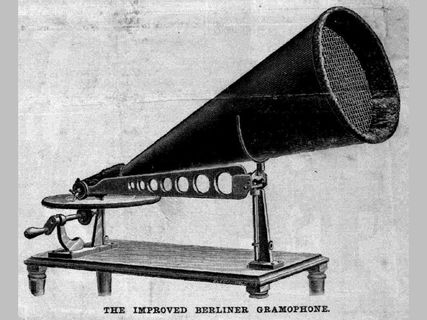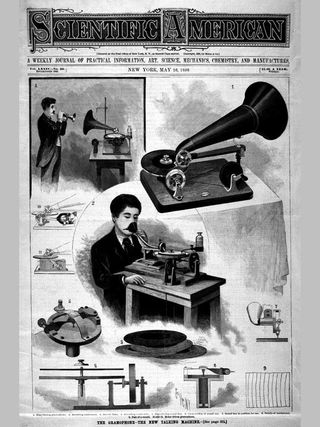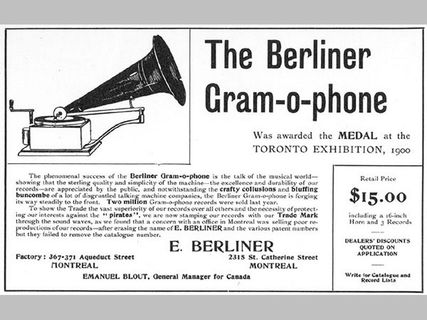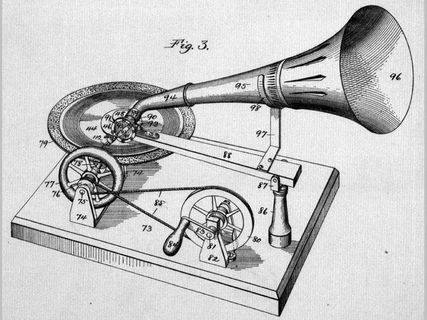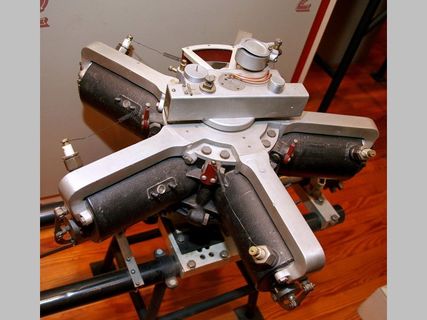Emile Berliner (May 20, 1851 – August 3, 1929).
Invented the Gramophone and Flat Disc Record
Berliner was born in Wolfenbuttel, near Hannover, Germany. At the age of 14, Berliner worked for a printer. Shortly after, he found a job in a tie shop, where his first invention was used, a power loom for the mass-production of cloth. Berliner left for the U.S. in 1870, in order to avoid service in the Prussian military.
In the U.S. he educated himself and studied science. He soon setup a rudimentary laboratory in his apartment and began testing his ideas. Berliner invented a telephone transmitter and patented the device on June 4, 1877. This lead to the first microphone and clear, long-distance telephone calls. He sold the rights to this invention to the Bell Telephone Company where he also got a job as an engineer. In 1881, Berliner returned to Germany and with his brother Joseph, founded the first European telephone company, the Telephon-Fabrik Berliner.
On his return to the U.S. he studied the work of Charles Cros and Thomas Edison. Berliner began recording sound on disc using the “lateral” method where the needle moved left to right as opposed to up and down as in the “vertical” recordings of Edison. His first discs were wax-coated zinc plates which were recorded using a device which cut grooves laterally into the wax. The plate was dipped in acid which etched the grooves into the metal creating a master stamper which could then stamp out records made out of a rubber based composition, later shellac.
On September 26, 1887, Berliner patented his first Gramophone. The gramophone was first commercially made and sold in Germany, by a toy manufacturer, Kummerer & Reinhardt of Waltershausen. The records were made from chocolate. Again returning to his U.S. lab, Berliner set out to improve his gramophone. In 1893, Berliner founded the United States Gramophone Company to market the gramophone and control its patents. In late 1895 he launched the Berliner Gramophone Company to manufacturing the gramophones. He then met Eldridge R. Johnson of New Jersey who introduced a wind-up spring motor to hugely improve the gramophone. Over the next four years, nearly 25,000 of these motors were manufactured for the Berliner Gramophone Company.
Despite the success of his corporation, Berliner only retained minority stockholder status. His gramophone patent became corporate property. The Berliner Gramophone Company hired Frank Seaman to head the company's marketing effort, leading to the creation of the Seaman National Gramophone Company. Berliner's inventions were now controlled and split among three companies: The United States Gramophone Company in Washington, the Berliner Gramophone Company in Philadelphia, and the Seaman National Gramophone Company in New York.
In 1900, Seaman signed a contract with American Gramophone and Columbia Phonograph to produce his own version of the Gramophone, the Zonophone, as well as unauthorized copies of Berliner's records. Berliner saw this as a breach of trust but lost the legal battle. The outcome was that Berliner was legally barred from selling his own products in the US. The US Berliner Gramophone Company shut down in mid-1900 and Berliner moved to Canada and started the Berliner Gram-O-Phone Company.
In the US, the Victor Talking Machine Company was officially founded in 1901 by Eldridge and the trade name "Gramophone" was completely and permanently abandoned in the US. He registered his company's trademark, Francis Barraud's image of his dog, Nipper, listening to his master's voice. One of the first record this image appeared on was "Hello My Baby" by Frank Banta. The new company manufactured 2,000 records during its first year of business, and sold over two million records in 1904. By 1906, the company produced various models of its gramophone.
In 1924, the Berliner Gram-O-Phone Company was acquired by Victor Talking Machine, which became a part of RCA.
The many achievements of Emile Berliner:
Emile Berliner died of a heart attack on August 3, 1929
